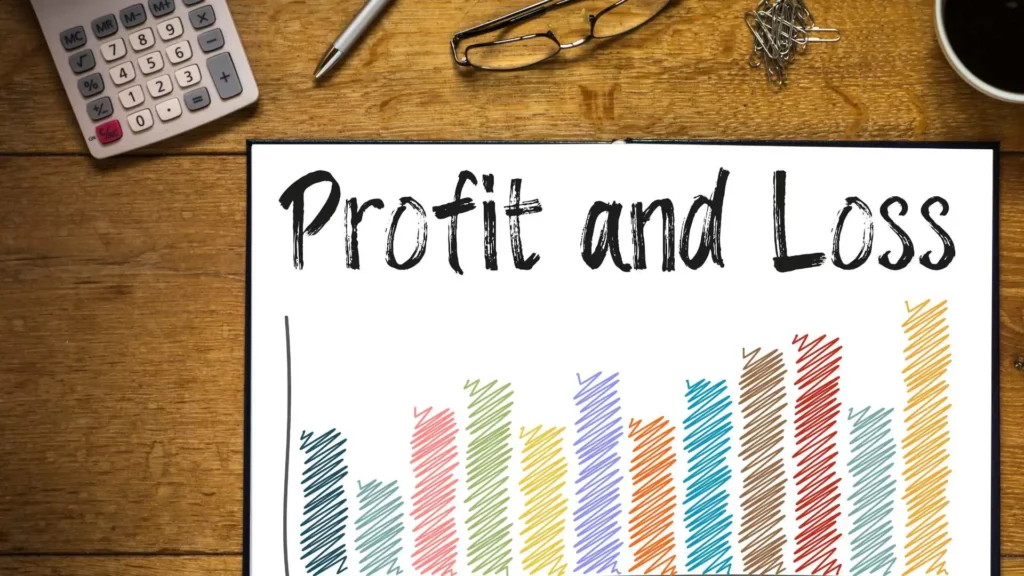The Asian American and Pacific Islander (AAPI) community is among the most diverse communities in the country. It consists of multiple nationalities and differing cultures. Asian Americans are among the racial groups that are growing at the fastest rate in the United States. It is essential that the AAPI community gets all the help possible to beat financial odds, especially if they want to succeed in the US.
When it comes to financial topics, diversity can be seen in the income levels within the community as well. Individuals from the AAPI community are seen at both higher and lower ends of the economic spectrum.
The financial odds in the AAPI community
A study by the Pew Research Center showed that the wealth gap between the top and bottom layers is startling. Asians in the top 10% of the income distribution class earn almost 11 times what the bottom 10% earned. Even so, there are massive challenges the community faces in building generational wealth.
Some of the reasons for the difficulties they face in growing their wealth could include high living expenses, familial obligations, income and education, etc. Each of these reasons contributes to further challenges that this community needs to overcome.
There are ways to overcome such challenges and grow savings as well as wealth. This involves identifying the challenges, taking the necessary steps to understand and mitigate them, and learning and educating oneself about financial and money matters.
The Asian wealth gap
Today, Asian Americans, as a racial group, are the most economically divided community in the United States. As we’ve already seen above, data from the Pew Research Center’s 2016 study shows that Asian Americans in the top 10% earned almost 11 times the income that people from the same community earned in the bottom 10%. A similar trend was seen in 1970 as well, with the difference in incomes being 6 times between the two income groups among Asian Americans.
According to the Pew Research Center, this wealth gap in the Asian American community has increased by 77% between 1970 and 2016. This is a much higher increase when compared with the wealth gap changes among other racial demographics. During the same period, the wealth gap increase among the whites was 24%, among the Hispanics it was 15%, and 7% among the blacks.
Although there was a 46-year gap between the two studies, the trend noticed was that the rich got richer while the bottom earners were able to build their wealth a lot slower. With this trend set to continue, the income and wealth gap in the Asian American community may continue into the foreseeable future.
What are the financial odds for the AAPI community
The following are the 4 major factors that have been identified as potential challenges that contribute to the great wealth inequality among Asian Americans.
The status of being an immigrant
The Asian American community continues to grow at a rapid rate in the US each year. As such, according to the National Resource Reinvestment Coalition, a majority of them are born outside the country. One of the biggest challenges people of this community face, especially new immigrants including asylees and refugees, is the language barrier. This can prevent them from being able to communicate their needs clearly especially when it comes to getting jobs with higher wages.
As observed by the Pew Research Center, Asian Americans who don’t speak English or are not fluent are socially conservative. They are less wealthy and don’t have as much formal education as compared those who do speak English. However, this is not the case with every immigrant. Even if they lack appropriate language skills, some individuals with high skills can build exceptional careers and earn high incomes.
Cost of living
Asian American communities mostly choose urban cities such as San Francisco, Los Angeles, and New York to live. With a population of 6.8 million, California has the largest concentration of Asian Americans. Around 1.6 million Asian Americans live in New York, and they also make up around 37% of Hawaii’s population. The costs of living in California, New York and Hawaii are significantly higher than other parts of the country.
Income and net worth disparity
Asian Americans have excellent education and are generally more employed than the national average. However, the income inequality and wealth gap among their population is still pretty vast. The Federal Reserve Bank reported that certain Asian American subgroups had a higher median net worth than White people.
The net worth of Japanese ($592,000), Indians ($460,000) and Chinese ($408,200) were higher than the net worth of the Whites ($355,000). Compared to this, other Asian American subgroups such as Filipinos ($243,000), Vietnamese ($61,500) and Koreans ($23,400) had much lower net worth.
This massive gap in wealth could be due to the overall financial condition of Asian Americans. Asian Americans are normally a “model minority”. The term signifies them as being hard-working and successful even though they have many obstacles. While the term is mostly true, it doesn’t consider the wealth gap and the poverty rife in the community. This means that the resources required for Asian Americans to overcome financial barriers are not adequately available or accessible.
According to the National Community Reinvestment Coalition, in 2018, more than 10% of Asian Americans lived in poverty. This is more than those in the white, non-Hispanic American community of which about 8% lived in poverty. A US Census Bureau report from 2019 showed that the poverty rate among the Asian American community reduced to 7.3%. This was a decrease of 2.8 percentage points from 2018. It is the largest decrease among all racial demographic groups.
Level of education and jobs
Asian Americans are usually known for their high achievements in education. As per the National Community Reinvestment Coalition, 53% of Asian Americans have a bachelor’s degree or higher. This is much more than the national average which was around 33% in 2017. However, these numbers don’t hold true for all individuals in the community. For example, only 25% of Burmese Americans have a bachelor’s degree or higher in comparison to Taiwanese and Indian Americans. The latter has a percentage of 75%.
Although Asian Americans have high education standards, the wealth and income gap shows that they face more financial challenges. This includes getting specific jobs, wages, and benefits. A large group of Asian Americans have low to middle income and are less wealthy in comparison to White Americans who have a similar education. The language barrier which limits their ability to speak, understand or read English fluently could be preventing Asian Americans from obtaining jobs with higher incomes.





















